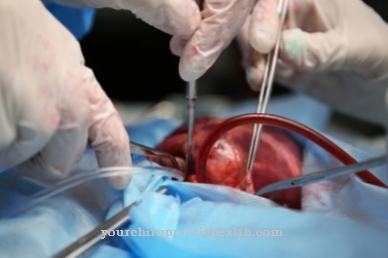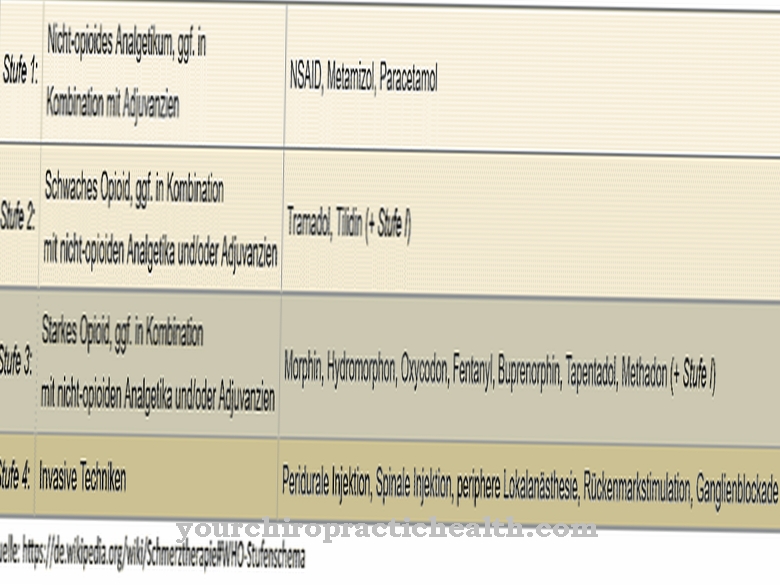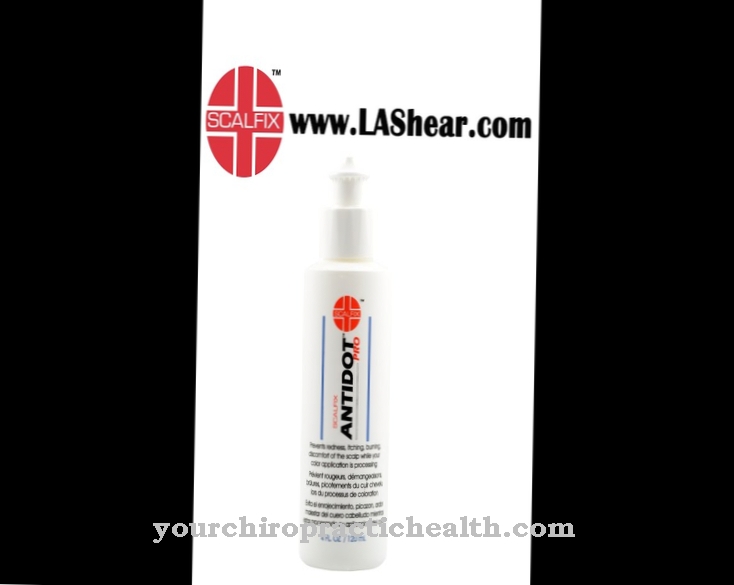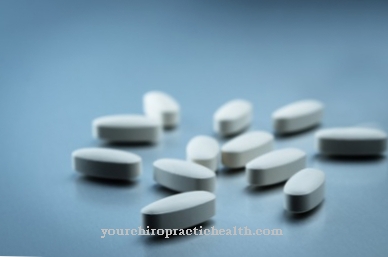Atovaquone is one of the most important medicines for the prevention and treatment of tropical malaria. It is both effective and rich in side effects and is mostly used in conjunction with other preparations. The administration can be carried out by a doctor or by the patient himself and takes place orally on the shelf.
What is atovaquone?

Atovaquone is used either alone or in conjunction with drugs such as proguanil to treat parasitic infections. The most important area of application is the malaria tropica.
The antiparasitic is also suitable for self-consumption and can be used both to prevent the disease mentioned and to treat an existing infection.
In special variants, atovaquone is also suitable for children and for women during pregnancy, in which case the advice of a doctor should be sought.
Pharmacological effect
Atovaquone probably works in the body by blocking the transport of a particular electron. The mode of action of the drug has not yet been fully researched. At the same time, it is known that the effect of atovaquone is significantly increased with the increase in fatty foods.
The drug remains in the body for about 70 hours. During this period, atovaquone develops its maximum effect for about six hours. Then it is excreted naturally.
Complications related to atovaquone may occur during breastfeeding, so it is important to seek advice from a doctor. It is also not advisable to give it to children who weigh less than five kilograms. In these cases there are special drugs that are also effective against malaria and are based on atovaquone. However, the lower dosage in these preparations also makes them safe for children.
It should be noted that atovaquone can only be used in conjunction with Proguanil against malaria tropica. With the very similar malaria tertiana, on the other hand, atovaquone shows only a minor effect even in combination with other drugs. In order to avoid confusion, it is necessary to see a specialist.
Medical application & use
Atovaquone is mainly used to treat parasitic infections. These include, for example, plasmodia, which can be transmitted to humans by a certain type of mosquito and then cause malaria.
Atovaquone is equally suitable for the prevention of malaria and for the treatment of an existing disease. In this setting, however, atovaquone is rarely used on its own, otherwise the disease could recur after discontinuation of the drug and the course of the disease could then worsen.
As a preparation against malaria, atovaquone is therefore given in most cases together with drugs such as proguanil to prevent the course described. Atovaquone is also used for existing toxoplasmosis, which can be dangerous during pregnancy. A special form of pneumonia, from which people suffering from AIDS in particular can suffer, is also one of the areas of application of atovaquone.
At the moment there are no other areas of application for atovaquone besides the treatment of parasitic infections. Also, there are no known off-label uses of the drug, which is also due to the sometimes severe side effects of atovaquone.
Self-administration of the drug is possible, for example, when traveling in malaria-prone countries.
Risks & side effects
Common side effects of atovaquone include persistent dizziness, often followed by vomiting. Furthermore, severe abdominal pain in the upper abdominal area can occur. This is often accompanied by diarrhea.
Coughs and headaches can also be observed, and heart palpitations and occasional hair loss can also occur. Suddenly occurring anxiety states, which are usually not long-lasting, are also among the undesirable side effects of atovaquone. There is little likelihood of temporary loss of appetite when the preparation is administered.
It should also be noted that the severity of the side effects often masks the actual symptoms of malaria. Therefore, depending on the patient, it may be advisable to stop treatment with atovaquone even though the drug is working.













.jpg)

.jpg)
.jpg)











.jpg)